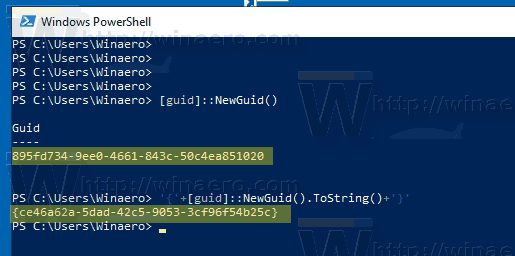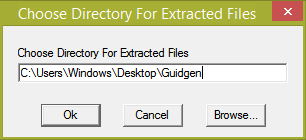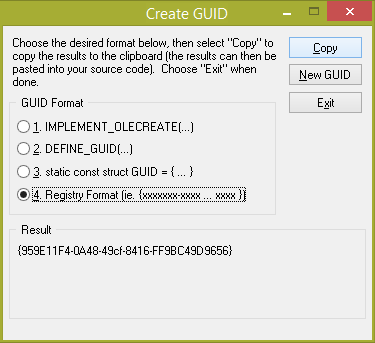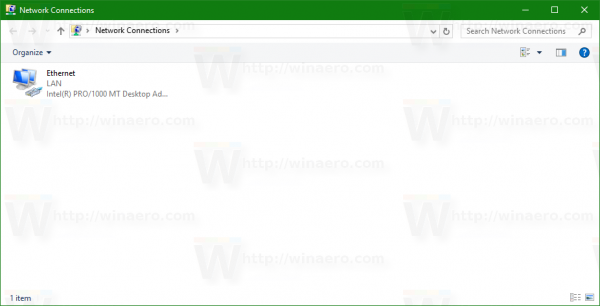A GUID is a 128-bit value consisting of one group of 8 hexadecimal digits, followed by three groups of 4 hexadecimal digits each, followed by one group of 12 hexadecimal digits. In Windows, GUIDs are used to identify objects such as interfaces, manager entry-point vectors (EPVs), ActiveX objects, and virtual (shell) folders.
Advertisеment
You can use them in various scenarios, but in the general case you can use them to create a shortcut to a specific Control Panel applet or a Windows feature. For example, the following command will open the "Network Connections" folder:
shell:::{7007ACC7-3202-11D1-AAD2-00805FC1270E}So, GUIDs are the Microsoft implementation of the distributed computing environment (DCE) universally unique identifier (UUID). The RPC run-time libraries use UUIDs to check for compatibility between clients and servers and to select among multiple implementations of an interface. The Windows access-control functions use GUIDs to identify the type of object that an object-specific ACE in an access-control list (ACL) protects.
If you need to generate a new GUID in Windows, there are at least two methods you can use.
To Generate a GUID in Windows 10 with PowerShell,
- Open PowerShell. Tip: You can add "Open PowerShell As Administrator" context menu.
- Type or copy-paste the following command:
[guid]::NewGuid().This will produce a new GUID in the output. - Alternatively, you can run the command
'{'+[guid]::NewGuid().ToString()+'}'to get a new GUID in the traditional Registry format.
The [guid] object is available in PowerShell thanks to its tight integration with the .NET Framework.
If you cannot use PowerShell on your Windows 10 device, here's an alternative solution. You can use Download Microsoft's free GUID Generator tool.
Generate a new GUID with the GUID Generator tool
- Download the GUID Generator tool from this page.
- Download the EXE file and run it. It is a self-extracting, compressed EXE. Extract it to any path such as a folder on the Desktop and click OK to continue.

- Open the folder where you extracted it and run
GUIDGEN.exe.
- Select a format you need, for example 'Registry Format'.
- Click on Copy to copy the GUID to the clipboard.
That's it.
Also, see CLSID (GUID) shell location list in Windows 10.
Support us
Winaero greatly relies on your support. You can help the site keep bringing you interesting and useful content and software by using these options:


Or from the command prompt:
powershell -command “[guid]::NewGuid()”
Even easier way in PowerShell is to use the built-in “New-Guid” cmdlet that’s been available since Windows PowerShell 5.0, the version available in the first version of Windows 10 (version 1507). Just open PowerShell and type or copy-paste the following command: New-Guid
From the command prompt: PowerShell -Command “& {New-Guid}”
For this cmdlet, the following will also work, but the above is the supported way to run it from a command prompt: PowerShell -Command “New-Guid”
thanks a lot